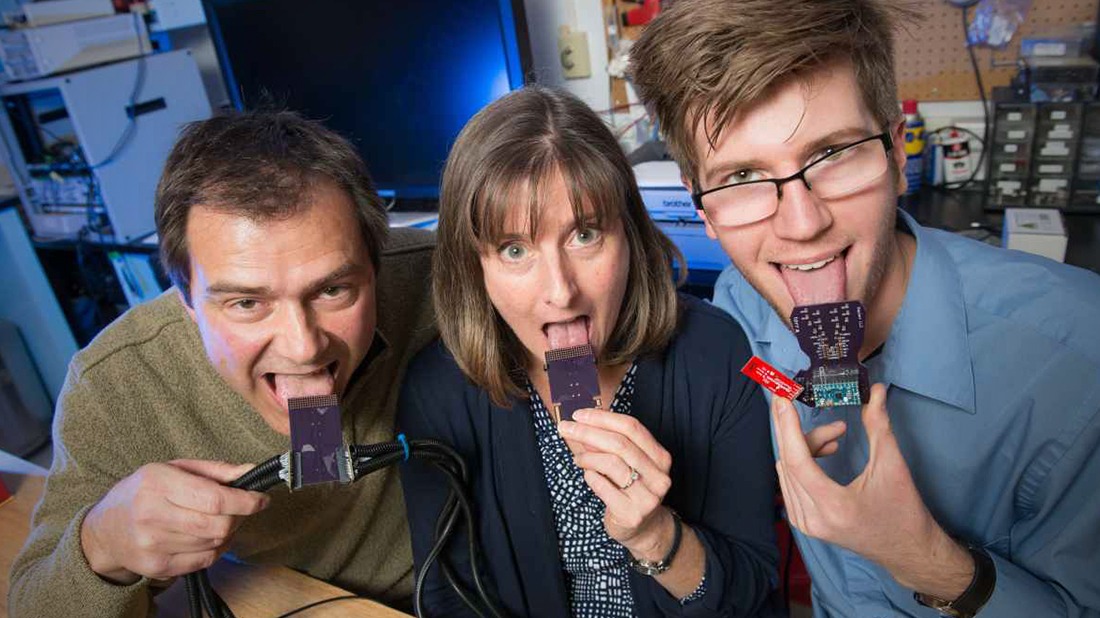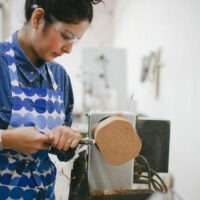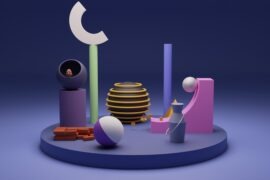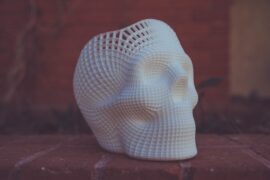Being deaf or hard of hearing can be a difficult impairment to overcome and while some turn to learning sign language to communicate, others turn to getting cochlear implants, which give them the ability to hear for the first time or regain some of their hearing after their loss.
The problems with cochlear implants is that they are expensive and require invasive surgery – which entails implanting a device that connects to the inner ear cochlea and translates signals from external microphones that pick up sounds and speech.
While the technology for cochlear implants continue to evolve (people can now swim with them), there is a new device in development that will give the deaf a third solution over sign language and implants.
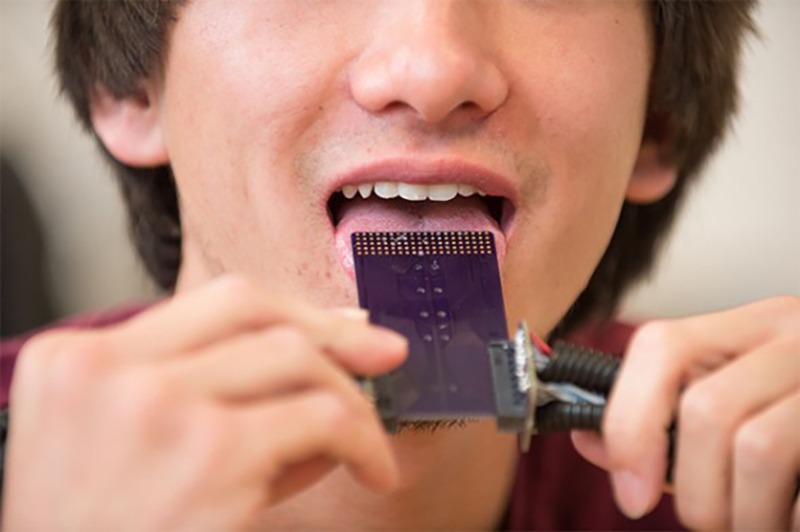
Researchers from Colorado State University are developing a retainer-like device that will let users ‘hear’ through the use of their tongues. The device works similar to that of a cochlear implant in that it takes auditory sounds from an external microphone and translates them into electrical impulses picked up by the user’s tongue.

With training, individuals will be able to interpret those signals into words much like Braille. Learning will be done through the use of video games that will educate the users and according to team member and graduate student JJ Moritz, the learning curve shouldn’t take that long.
“We are hopeful that the training time for recognizing around 300 common words will be less than 1-2 months with about 1-2 hours of training per day”.
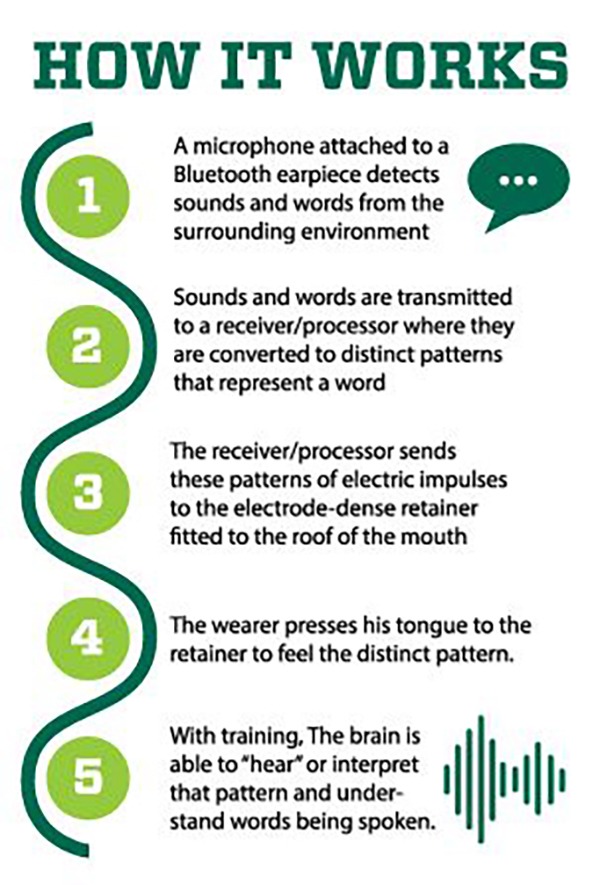
Even though the device is in early development, the team has already started the FDA application process and could be available in just a few short years, Moritz believes that “a recreational device for listening to music and playing games will be available within two years, with more capable devices (suited for medical professionals to fit into patients with substantial to profound hearing loss) within three years.”

Developing new technology isn’t without it’s roadblocks however and funding is one of the more important hurdles to overcome, which the team is encountering at this point. Moritz explains, “this is because software games need to be developed along with 2nd and 3rd generation prototypes that are untethered (wireless) and convenient to use with either computers or smart phones.”

